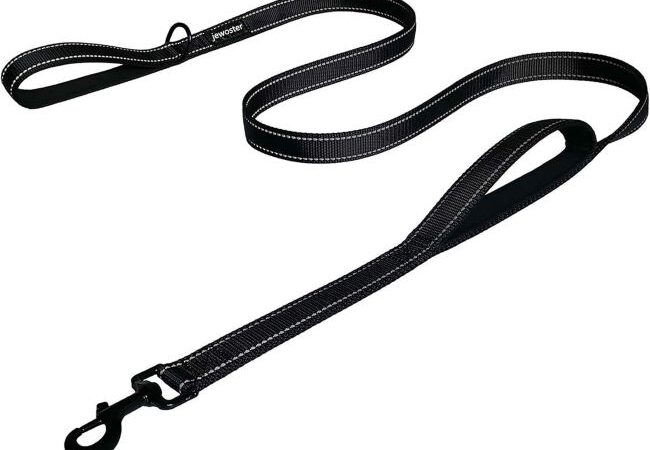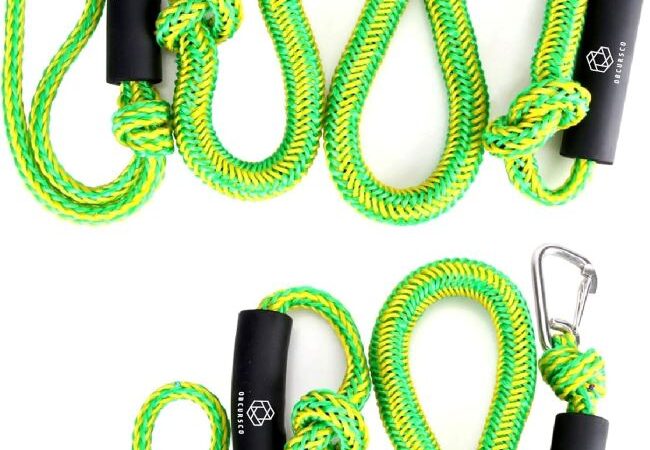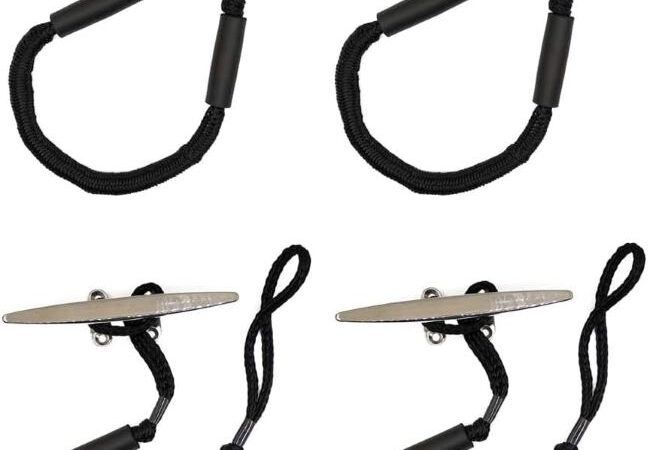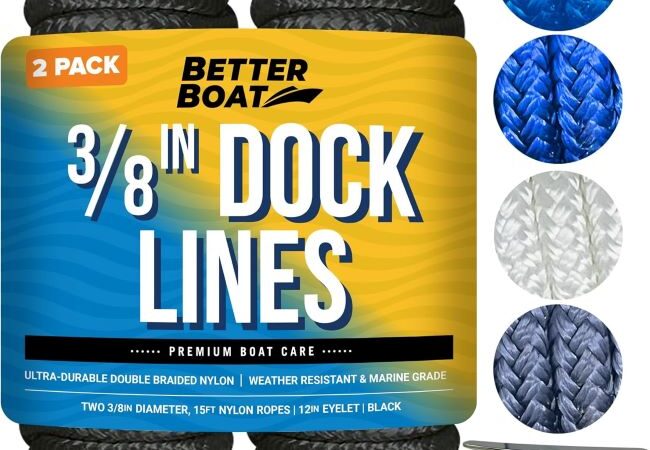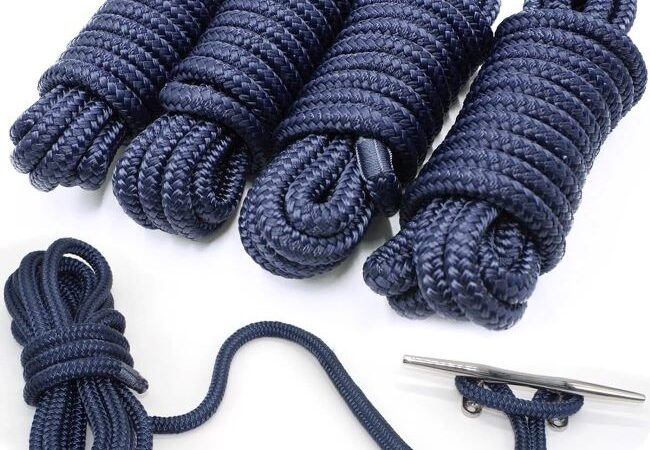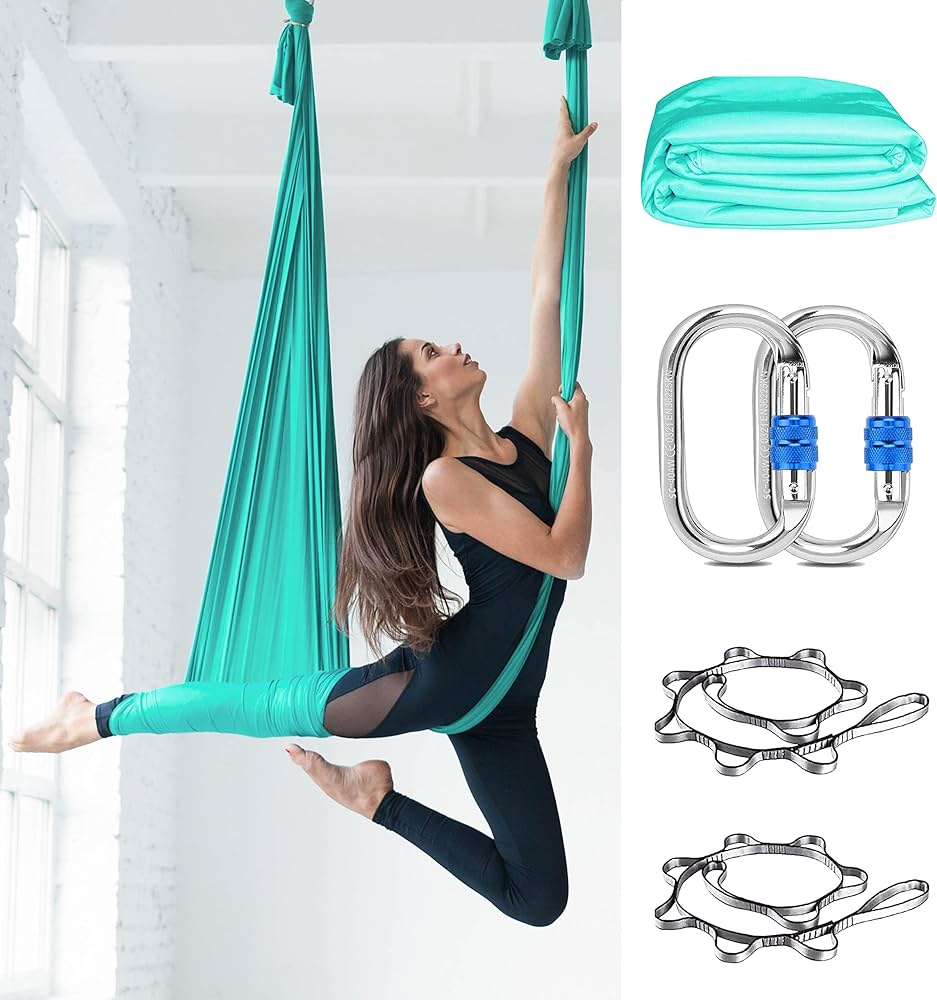
What Kind of Rope to Use for a Rope Swing: A Comprehensive Guide
Use a strong and durable rope, such as polypropylene or nylon, for a rope swing. A rope swing is a fun and thrilling way to enjoy the outdoors, and it can be a great addition to any backyard or playground.
Contents at a Glance
ToggleHowever, choosing the right rope for your swing is crucial to ensure safety and longevity. When selecting a rope for a rope swing, it is important to consider strength and durability. You will want to choose a rope that can withstand the weight and motion of individuals swinging on it.
Two commonly used rope materials for this purpose are polypropylene and nylon. Polypropylene ropes are lightweight, weather-resistant, and have a high strength-to-weight ratio, making them suitable for rope swings. Nylon ropes, on the other hand, are known for their excellent strength and durability, which makes them a popular choice for heavy-duty applications like rope swings. Overall, using a strong and durable rope, such as polypropylene or nylon, will ensure a safe and enjoyable experience on your rope swing.
Choosing The Right Rope For Your Swing
When choosing the right rope for your swing, there are a few key factors to consider. One important consideration is the environmental effects on rope durability. Different environments can have varying levels of moisture, exposure to the sun, and other elements that can impact the lifespan of your rope. It’s important to choose a rope that is resistant to these environmental factors to ensure longevity.
Another factor to consider is the thickness and flexibility of the rope. The thickness of the rope will determine its strength and ability to support weight. Thicker ropes are generally stronger and more durable, making them a better choice for rope swings. Additionally, the flexibility of the rope is important for providing a comfortable swinging experience. A rope that is too stiff may be uncomfortable to hold onto, while a rope that is too flexible may not provide enough support.
By taking into account the environmental effects on rope durability as well as the importance of rope thickness and flexibility, you can choose the right rope for your swing that will be safe and enjoyable for everyone.
Types Of Rope Materials
Choosing the right rope material for a rope swing depends on factors like strength, durability, and weather resistance. Nylon and polyester ropes are popular choices due to their high tensile strength and resistance to moisture and UV rays. However, consider other options like polypropylene or natural fiber ropes based on your specific needs.
Natural Rope Materials
Name Description Hemp Hemp ropes are strong, durable, and resistant to rot and mildew. They provide a natural look and feel to a rope swing. Manila Manila ropes are made from the fibers of the abaca plant and offer excellent strength and durability. They are also resistant to saltwater. Cotton Cotton ropes are soft and comfortable to grip, making them a popular choice for rope swings. However, they may not be as strong or durable as other natural materials. Synthetic Rope Materials
Name Description Polyester Polyester ropes are strong, resistant to stretching, and have good resistance to UV rays. They are commonly used in marine environments due to their durability. Polypropylene Polypropylene ropes are lightweight, floatable, and resistant to mildew and rot. They are affordable and commonly used for recreational purposes, but may not be as durable as other synthetic materials. Nylon Nylon ropes are known for their high strength and elasticity. They have excellent resistance to UV rays and abrasion, making them suitable for various applications including rope swings.
Analyzing Rope Strength And Load Capacity
When choosing a rope for a rope swing, understanding its tensile strength is crucial. This refers to the maximum amount of tensile stress the rope can hold before breaking. The higher the tensile strength, the more weight the rope can support. It is essential to select a rope that can withstand the anticipated load to ensure safety.
Another important factor to consider is the working load limit of the rope. This represents the maximum weight that the rope can safely support in a given application. It is essential to choose a rope that has a working load limit greater than the total weight the rope swing will bear to prevent any accidents or failures.
A rope swing will undergo stress and strain due to regular use. Therefore, it is necessary to choose a rope that can endure long-term stress. Opting for ropes made from durable materials such as polyester or nylon can ensure longevity under continuous load-bearing conditions.
Ensuring Safety And Longevity
Ensuring the safety and longevity of a rope swing requires the use of the right kind of rope and regular maintenance. When selecting a rope, it is important to choose one that is strong, durable, and suitable for outdoor use. A good option is a marine-grade polypropylene rope, which is resistant to moisture, UV rays, and abrasion. Regular inspection of the rope is essential to identify any signs of wear or damage. Inspect the rope thoroughly for fraying, cuts, or weak spots. Additionally, make sure to follow safe installation practices, such as securing the rope firmly to a sturdy tree branch or support structure. To maintain the rope’s integrity, avoid any sharp edges or objects that could cause it to fray or break. By taking these precautions and regularly maintaining the rope swing, you can ensure its safety and enjoy it for years to come.
Essential Knots For Rope Swings
When setting up a rope swing, selecting the right knots is essential to ensure safety and enjoyment. Choosing the appropriate knots can determine the swing’s stability and longevity. Here is a step-by-step guide to tying the essential knots for a rope swing:
- Start with the anchor knot – commonly the bowline knot – which forms a secure loop at the end of the rope, allowing for attachment to a sturdy tree branch or other support.
- Next, tie the clove hitch knot, which is used to secure the rope to the anchor point.
- To create the swing seat, use the square knot or fisherman’s knot to bind multiple ropes together, ensuring strength and stability.
- For added security, consider using the double figure-eight knot to prevent the rope from slipping or unraveling.
Knot security is paramount for a safe rope swing experience. Regularly inspecting the knots for wear and tear is essential, and proper rope care will help extend the lifespan of your swing. To keep your rope swing in excellent condition, remember to check the knots regularly and keep the rope clean and dry when not in use.
What Kind Of Rope To Use For A Rope Swing: A Comprehensive Guide
- Durability: It is important to choose a rope that is strong enough to withstand the weight of the person using the swing. Look for ropes made from materials such as nylon or polypropylene, which are known for their durability.
- Flexibility: A rope swing should be able to stretch and move with the person using it. Opt for a rope that is flexible and has some give to it.
- Grip: To ensure safety, the rope should have a good grip. Look for ropes with a textured surface or a braided design for better grip.
- Weather resistance: The rope should be able to withstand outdoor elements. Look for ropes that are UV-resistant and resistant to moisture, mold, and mildew.
Case studies and examples can provide valuable insights into the best rope choices for a rope swing. They offer real-life experiences and help readers understand the impact of different rope characteristics.
Choosing the right rope for a rope swing is crucial for safety and enjoyment. Consider the characteristics mentioned above and select a rope that meets your specific needs. Ensure proper installation and regularly inspect the rope for any signs of wear or damage.

Credit: www.everydayhealth.com
Frequently Asked Questions Of What Kind Of Rope To Use For A Rope Swing
What Factors Should I Consider When Choosing A Rope For A Rope Swing?
When choosing a rope for a rope swing, you should consider its strength, flexibility, and durability. Opt for a rope that can withstand the weight of the swing and the person using it. Look for ropes made of high-quality materials, such as nylon or polypropylene, which are known for their longevity and resistance to weather conditions.
How Thick Should The Rope Be For A Rope Swing?
The thickness of the rope for a rope swing depends on its intended use. For smaller swings or children, a rope with a diameter of 1/2 to 5/8 inches is suitable. However, for larger swings or heavier users, a thicker rope with a diameter of 3/4 to 1 inch is recommended for increased strength and stability.
Can Any Rope Be Used For A Rope Swing?
Not all ropes are suitable for rope swings. Avoid using ropes made of natural fibers like hemp or cotton, as they can deteriorate over time and may not be as strong. Instead, choose ropes made of synthetic materials like nylon or polypropylene, which are more durable and weather-resistant, ensuring a safer and longer-lasting rope swing.
How Long Should The Rope Be For A Rope Swing?
The length of the rope for a rope swing depends on factors such as the height of the swing’s suspension point and the desired swing length. As a general guideline, a rope length of 10-12 feet should be sufficient for most rope swings, allowing for a comfortable swinging experience without the rope touching the ground.
Conclusion
To ensure a safe and enjoyable rope swing experience, choosing the right rope is crucial. By considering factors such as strength, durability, and flexibility, you can select the ideal rope for your swing. Additionally, understanding the different types of ropes available, such as polypropylene, nylon, and manila, empowers you to make an informed decision.
Remember to prioritize safety and follow proper installation instructions to enhance your swinging adventure. So, go ahead, choose the perfect rope, and swing away into endless fun and summer memories!

